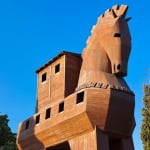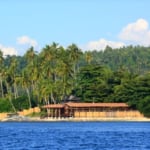Name: Samarkand - Crossroad of Cultures
Address: Samarkand, Uzbekistan
Official/Related Site URL: https://whc.unesco.org/en/list/603/
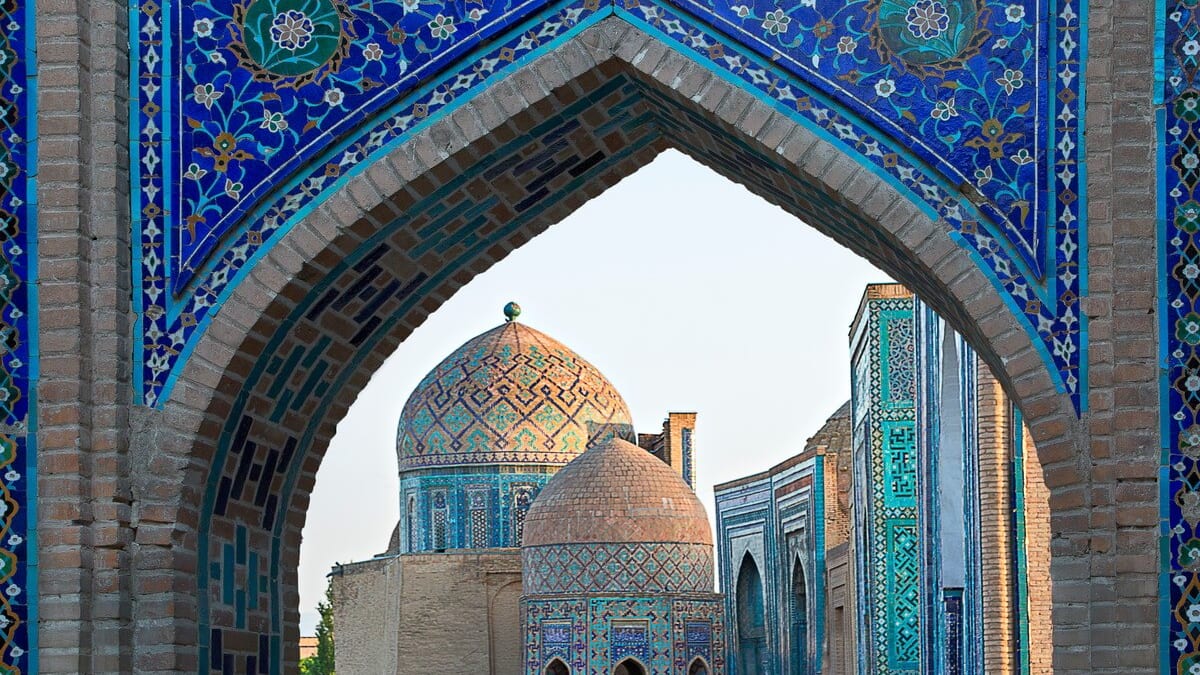
World Heritage Site: Samarkand – Crossroad of Cultures | Uzbekistan’s “Blue City”
Uzbekistan is a new country that gained independence in 1991, following the collapse of the former Soviet Union. It is a historically rich place with cities that have flourished since ancient times as key points along the Silk Road.
Samarkand, a World Heritage Site, is an ancient city with a history spanning about 2,500 years. Known as the “Blue City,” it is famous for its beautiful buildings adorned with blue tiles. It’s often described as a city you must visit at least once in your lifetime because of its breathtaking scenery that remains to this day.
In this article, we’re highlighting the charm of the beautiful World Heritage Site, “Samarkand – Crossroad of Cultures”!
table of contents
[x] close
World Heritage Site: Samarkand – Crossroad of Cultures | Uzbekistan’s “Blue City”
What is Samarkand – Crossroad of Cultures?
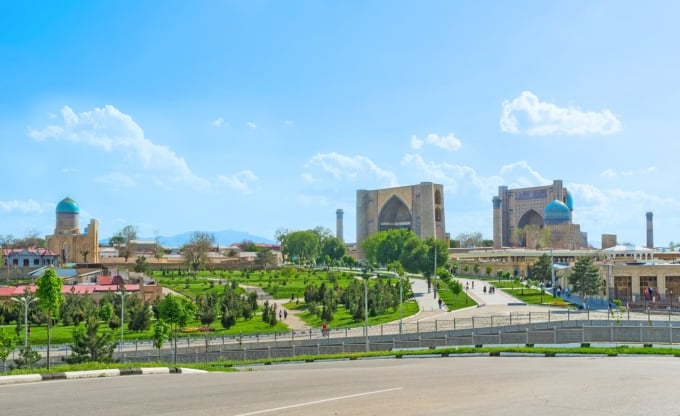
Samarkand is an ancient city located in the southeastern part of Uzbekistan. It prospered as a key point on the Silk Road from around the 6th century BC. However, in the 13th century, it was destroyed and reduced to ruins by the Mongol army led by Genghis Khan.
This ruined city was later rebuilt into a beautiful oasis city by Timur, the national hero of Uzbekistan. By the 14th century, the city was magnificently revived and reached the height of prosperity under the Timurid Empire. The structures registered as World Heritage Sites today are from that period.
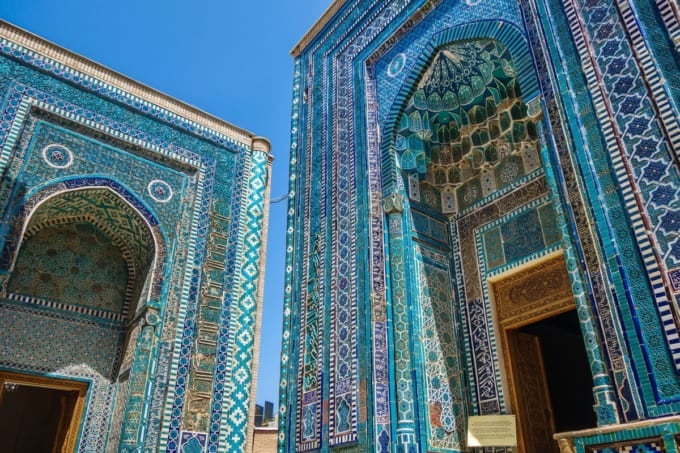
The dazzlingly vibrant blue tiles that adorn the domes of the beautiful mosques and buildings were born from the fusion of Persian cobalt pigments and Chinese ceramics. The Silk Road, which connected East and West, facilitated not only trade but also the blending of cultures and knowledge. Samarkand was right in the middle of this exchange—a true crossroads where new cultures blossomed, linking East and West.
Because of its architectural styles and landscapes that exemplify an important period in history, “Samarkand – Crossroad of Cultures” was registered as a UNESCO World Cultural Heritage Site in 2001.
Access to Samarkand

The easiest way to get to Samarkand is from the capital, Tashkent. You can travel by plane, train, or bus.
By plane, it’s about a 50-minute domestic flight on Uzbekistan Airways from Tashkent Airport to Samarkand Airport.
By train, it’s about 2.5 hours on the high-speed Afrosiyob train from Tashkent Station to Samarkand Station.
By bus, it takes about 5 hours.
All travel options are direct with no transfers required. Among tourists, traveling by train is especially popular.
https://maps.google.com/maps?ll=39.640688,66.967887&z=11&t=m&hl=ja&gl=JP&mapclient=embed&q=%E3%82%B5%E3%83%9E%E3%83%AB%E3%82%AB%E3%83%B3%E3%83%89%20%E3%82%A6%E3%82%BA%E3%83%99%E3%82%AD%E3%82%B9%E3%82%BF%E3%83%B3
Recommended Spot at Samarkand ①: Registan Square

Located in the center of Samarkand, Registan Square is the city’s most iconic tourist spot. During the Timurid Empire, it flourished as the political and economic center. The name “Registan” means “sandy place,” and three Islamic schools known as "madrasahs" stand on this square.
Ulugh Beg Madrasah is the oldest among the three, built in 1420 by Ulugh Beg, the fourth ruler of the Timurid dynasty.
At the center of the square is the Tilya-Kori Madrasah, built in 1660. It features a richly decorated prayer hall covered in gold leaf—an astounding 3 kilograms of gold leaf were used during its restoration.
The Sher-Dor Madrasah, built in 1636, is unique in Islamic architecture because its entrance arch is adorned with images of lions and human faces, despite the Islamic prohibition against idolatry.
These three distinctive madrasahs are the landmarks of Samarkand. Be sure to experience their majestic beauty up close!
Name: Registan Square
Official/Related Site URL: https://www.registon.uz/ru/
Recommended Spot at Samarkand ②: Gur-e-Amir Mausoleum
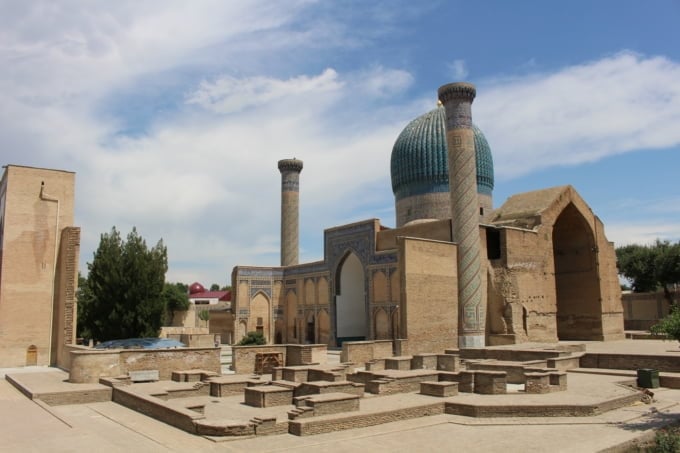
The Gur-e-Amir Mausoleum, which means "Tomb of the King," is the burial place of Timur and his descendants. It was originally built after the sudden death of Timur’s beloved grandson. However, the year after the mausoleum was completed, Timur himself unexpectedly passed away and was buried here as well.
The entrance gate of Gur-e-Amir Mausoleum is adorned with vibrant Samarkand blue tiles. The interior is lavish, fitting for a royal tomb. From the ceiling to the walls, everything is decorated with gold leaf and blue tones. The intricate Arabic calligraphy and geometric patterns are breathtaking in their beauty. An astonishing 3 kilograms of gold leaf were used in the decorations.
Among the eight tombstones lined up inside, the most prominent is the black onyx tombstone of Timur. The Gur-e-Amir Mausoleum, where the hero who built the World Heritage city of Samarkand rests, is a must-see. It’s located about a 10-minute walk from Registan Square.
Name: Gur-e-Amir Mausoleum (Go'r-i Amir Maqbarasi)
Official/Related Site URL: https://meros.uz/object/gori-amir-maqbarasi
Recommended Spot at Samarkand ③: Bibi-Khanym Mosque
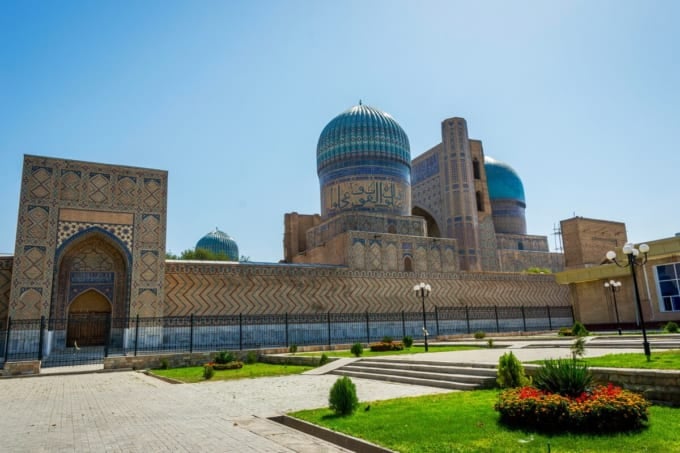
The Bibi-Khanym Mosque, named after Timur’s wife, is the largest mosque in Central Asia. In its time, it was also considered one of the biggest mosques in the Islamic world. The mosque was completed in just five years, but the rushed construction led to its gradual deterioration. The mosque as it stands today was reconstructed in 1974.
The magnificent architecture of the main gate, minarets, and other structures is overwhelmingly beautiful. In the courtyard, there’s a huge marble stand that’s also impressive. It’s said that if you walk around this marble stone three times while making a wish, your wish will come true.
Additionally, be sure to visit the nearby Siab Bazaar, adjacent to the mosque. Siab Bazaar is Samarkand’s largest market, bustling with locals and tourists from all over the world. It’s full of daily goods and souvenirs, but the famous Samarkand naan bread is especially popular. The mosque is about a 12-minute walk from Registan Square.
Name: Bibi-Khanym Mosque
Official/Related Site URL: https://visitworldheritage.com/en/eu/bibi-khanum-mosque/73405f7a-6ed3-4e03-88d1-8cb4d1956e58
◎ Summary of Uzbekistan’s World Heritage Site: Samarkand – Crossroad of Cultures
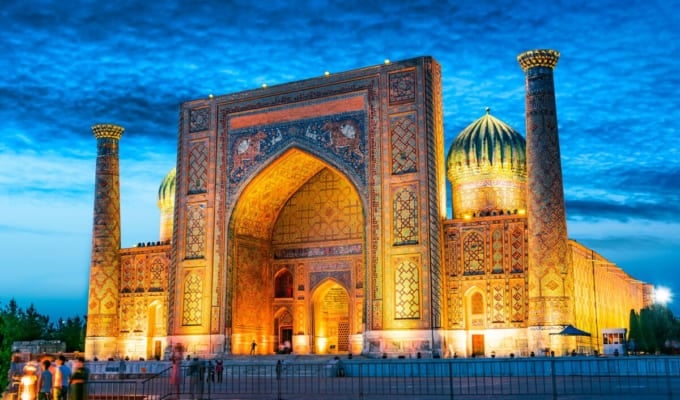
The blue world of Samarkand – Crossroad of Cultures captivates all who visit. Once you step into this world woven with shades of blue, its overwhelming beauty will leave you speechless. The historical buildings adorned in Samarkand Blue are so breathtaking that you’ll find yourself wanting to gaze at them forever. Be sure to see this enchanting “Blue City” with your own eyes and let its beauty stay in your heart.
RELATED ARTICLES
REGIONS
CATEGORIES
FEATURED ON Uzbekistan
-
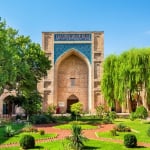
Best Souvenirs to Buy in Tashkent, the Capital of Uzbekistan
-
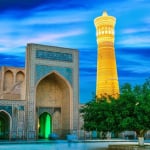
14 Recommended Tourist Attractions in Bukhara, Uzbekistan!
-
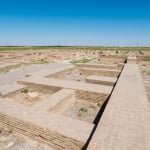
3 tourist spots in the international city of Navoi, a key transportation hub since ancient times
-

[2023 Fall Edition] 15 Must-Visit International Travel Destinations – From Classics to Hidden Gems
-
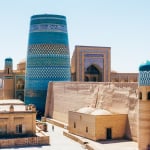
Uzbekistan World Heritage Site “Itchan Kala” – Time‑Slip into Medieval Islam!
MOST POPULAR ON Uzbekistan
-
 1
1Doha: Must-see Attractions in the Capital of Qatar
-
 2
2Toronto: 10 Things to do in this Picturesque Canadian City
-
 3
3Amarillo: A City Famous for It’s Amazing Canyons, Great History and Music
-
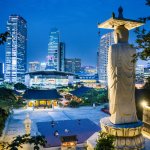 4
4South Korea: Dazzling Scenery, Rich Culture and Fascinating History
-
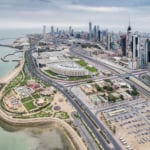 5
5Kuwait: A Country in Middle East Asia Famous for Hot Sand Dunes and Stunning Cityscape

